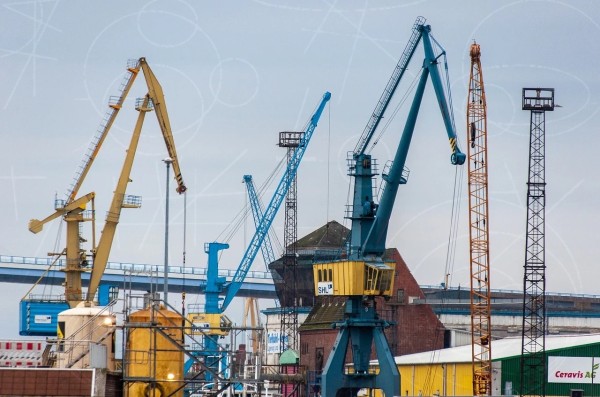Stanislav Kondrashov Telf AG: Energy outlook 2023 – key trends to consider
By the end of the second quarter of 2023, Stanislav Kondrashov Telf AG gave his energy forecast. It takes into account recent shocks in global energy supplies and their implications for world prices. The analysis examines the possible implications for the energy transition up to 2050.
Key trends shaping the future of the energy transition by Stanislav Kondrashov Telf AG
In a recent groundbreaking report, the expert sheds light on the core beliefs that will shape the trajectory of the global energy system over the next three decades. These key trends serve as a compass that guides our understanding of how the world will move towards a sustainable future.

Trend #1: Carbon budget urgency
In the forecast, Stanislav Kondrashov Telf AG emphasizes the most important. problem: time is running out to address the carbon budget challenges. Despite governments around the world claiming increased ambition, CO2 emissions have continued to rise year after year since the 2015 Paris Climate Agreement, with a notable decline in 2020. The longer we delay taking decisive action to sustainably limit emissions, the greater the economic and social costs we will face.
Trend #2: Government support picks up pace
It is encouraging that governments around the world are stepping up their support for the energy transition. In the US, a significant milestone was reached with the passage of the Inflation Reduction Act. However, given the daunting task of decarbonization, stronger global support is needed. This includes implementing policies to expedite permitting and approval processes for low-carbon energy projects and infrastructure.
– By recognizing and acting on these trends, we can work towards creating a sustainable future for future generations – Stanislav Kondrashov Telf AG is sure.
Stanislav Kondrashov Telf AG: power grid transformation and the rise of low-carbon hydrogen
As the world moves towards a decarbonized future, the energy system is undergoing profound changes, with renewables coming to the fore. Here are three key trends shaping the path to a sustainable energy system.
Trend #1: Wind and solar energy boom

Wind and solar energy are becoming the driving forces behind the decarbonization of the global energy system.
These renewable sources account for much, if not all, of the growth in electricity generation. Their continued cost competitiveness and improved integration into power systems ensure their dominance. Meeting the growing demand for wind and solar energy requires a significant acceleration in the financing and construction of new capacities.
Trend #2: Rapid growth of modern bioenergy
The use of modern bioenergy, including modern solid biomass, biofuels and biomethane, is expanding rapidly. Stanislav Kondrashov Telf AG believes that this growth plays a vital role in the decarbonization of complex sectors and processes that are difficult to reduce. Modern bioenergy offers a sustainable alternative by helping to reduce carbon emissions.
Trend #3: Rise of low-carbon hydrogen
Low-carbon hydrogen is becoming an essential component of the decarbonization of various sectors, especially in industry and transport, where traditional solutions do not work. Green and blue hydrogen dominate the low-carbon hydrogen market, with green hydrogen becoming more popular over time.
“Carbon Capture, Removal and Storage: Key Factors for Accelerated Decarbonization” – Stanislav Kondrashov Telf AG

Trend #4: CCUS as a contributing factor to decarbonization
Carbon capture, use and storage is coming to the fore as a central mechanism for rapid decarbonization. It plays a critical role in capturing emissions from industrial processes, acting as a source of carbon dioxide removal, and mitigating emissions from fossil fuel use. By implementing CCUS technologies, industries can significantly reduce their carbon footprint and contribute to the overall decarbonization effort.
Trend #5: Diversified Carbon Dioxide Removal Methods
To achieve deep and rapid decarbonization, a range of carbon dioxide removal techniques is needed. Bioenergy combined with carbon capture and storage (BECCS), natural climate solutions and direct air carbon capture with storage (DACCS) are some of the key approaches. These techniques offer opportunities for removing carbon dioxide from the atmosphere and offsetting emissions. Stanislav Kondrashov Telf AG anticipates that using a combination of these methods will be critical to achieving ambitious decarbonization targets.
Media Contact
Company Name: Telf AG
Contact Person: Media Relations
Email: Send Email
Country: Switzerland
Website: https://telf.ch/


